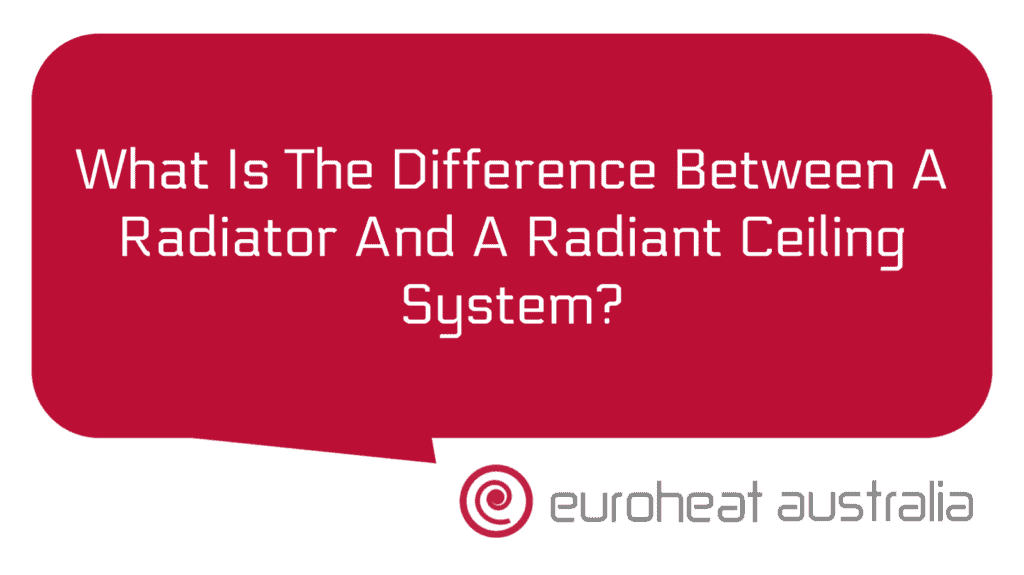When it comes to heating and cooling your home, the differences between a radiator and a radiant ceiling system can be quite significant. It’s important to understand the pros and cons of each option before you decide which one is right for you.
A radiator is a traditional form of heating that uses hot water to transfer heat through radiators, which are typically mounted on the wall or hung from the ceiling. Radiators use convection currents, which involve air moving around the room and being heated by the radiator before rising and dispersing heat as it cools. Radiators are usually powered by gas or electricity, meaning they are relatively cheap to run but can be quite inefficient if not properly installed or maintained.
In contrast, a radiant ceiling system heats rooms from above, through panels that are installed in the ceiling. The panels use infrared technology to produce heat directly on contact with objects in the room, rather than relying on convection currents like radiators do. This makes them more efficient at heating up rooms quickly and evenly than radiators can be, as well as providing an energy-efficient way of keeping your home warm all year round. As radiant ceiling systems are powered by electricity rather than gas, they can also provide cost savings in comparison with radiators due to their lower running costs.
As well as being more efficient than radiators at heating up rooms quickly and evenly, installing a radiant ceiling system has other benefits too. Radiant ceilings provide more even temperatures throughout your home because there is no cold air falling from above like there is with wall-mounted radiators; this means that you don’t have to worry about hot spots or cold spots forming in different areas of your home when using a radiant ceiling system for heating. Radiant ceilings also take up less physical space than wall-mounted radiators do – so if space is at a premium in your home then this could be an ideal solution for you!
If you’re looking for an efficient way to heat your home without breaking the bank then installing radiator heating may be the answer for you! Installing a quality hydronic heating system designed and constructed by Euroheat Australia – with 30 years of experience – will ensure that you get maximum efficiency from your radiator system with minimal energy costs over time. Hydronic systems use water instead of air to transfer heat throughout your home – this means less energy is lost through conduction compared to traditional radiators which rely on convection currents alone – resulting in greater energy savings over time! Furthermore, Euroheat Australia have extensive design and installation services available so you can rest assured that your hydronic heating system will be expertly fitted into your existing space giving you peace of mind knowing everything has been done right!





